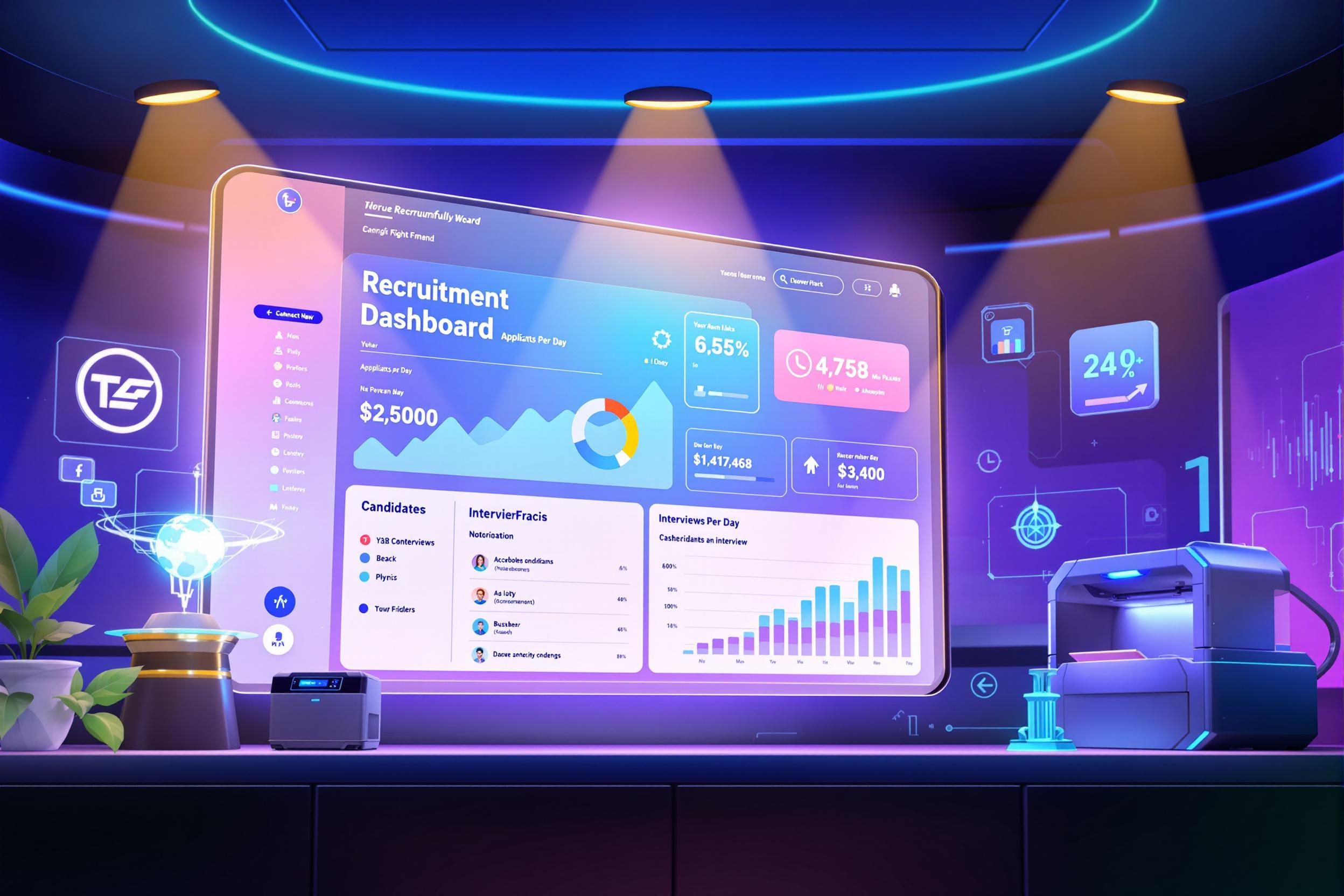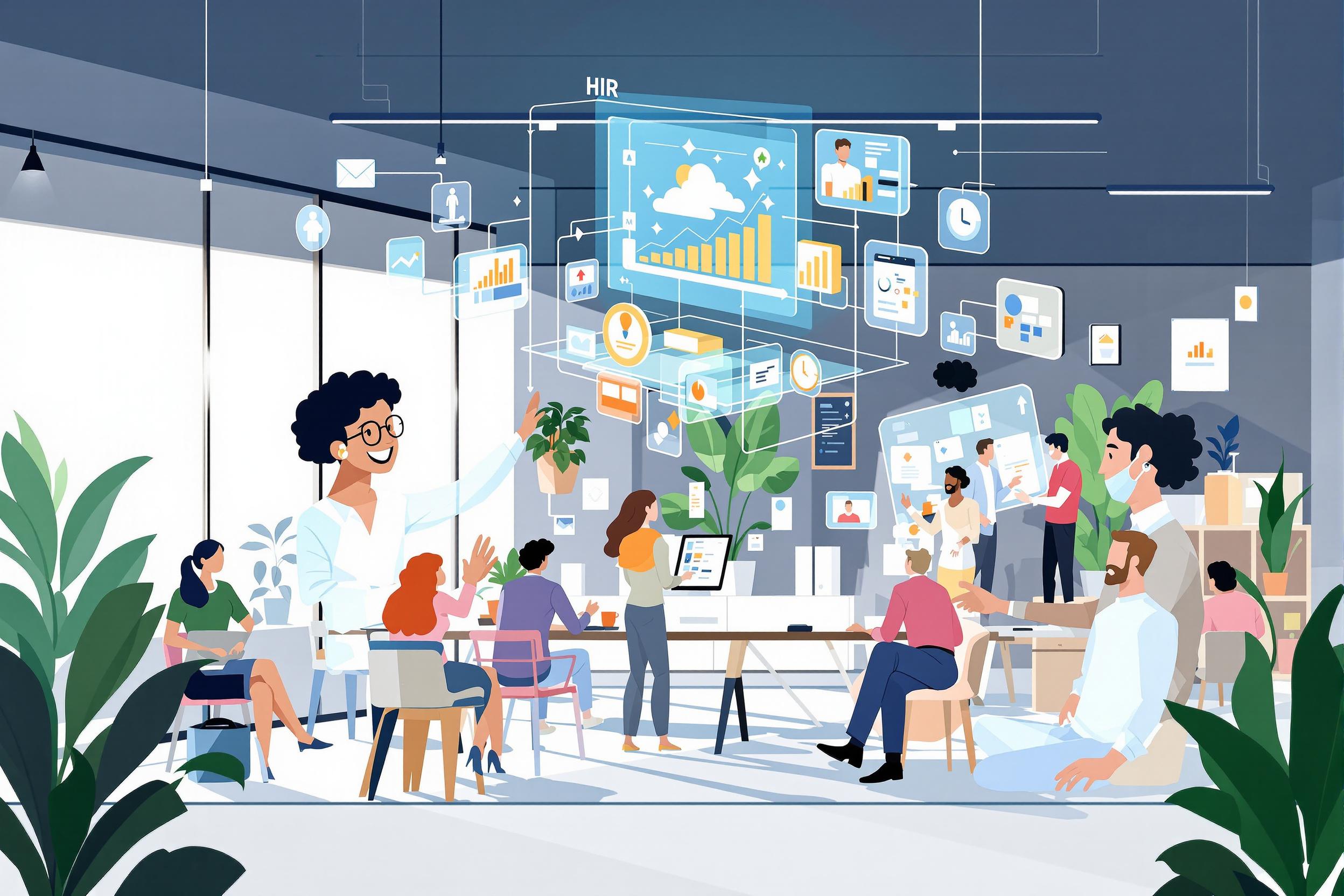
SaaS
SaaS (Software as a Service) is a way of delivering software over the internet, where instead of customers installing programs on their computers, they access them through a web browser. Think of it like Netflix for business software - instead of buying DVDs, users pay a subscription to use the service online. Common examples include Salesforce for managing customer relationships, Microsoft 365 for office work, or Zoom for video meetings. This approach helps businesses save money on IT infrastructure and always have the latest version of the software. When this term appears in resumes, it usually means the person has experience with either developing, selling, or managing these types of online software services.
Examples in Resumes
Developed pricing strategies for SaaS products resulting in 40% revenue growth
Led implementation of multiple Software as a Service platforms across the organization
Managed customer success team for enterprise SaaS solutions
Typical job title: "SaaS Professionals"
Also try searching for:
Where to Find SaaS Professionals
Online Communities
Job Boards
Professional Networks
Example Interview Questions
Senior Level Questions
Q: How would you approach scaling a SaaS platform from 100 to 10,000 customers?
Expected Answer: Look for answers that discuss managing growth through proper resource planning, customer support scaling, automated onboarding processes, and maintaining service quality while growing.
Q: What strategies would you use to reduce customer churn in a SaaS business?
Expected Answer: Strong answers should cover customer success programs, proactive support, usage monitoring, feedback collection, and continuous value demonstration to customers.
Mid Level Questions
Q: How do you handle customer data security in a SaaS environment?
Expected Answer: Should mention basic security practices like data encryption, regular backups, access controls, and compliance with standards like GDPR or HIPAA.
Q: Explain how you would implement a subscription billing system for a SaaS product?
Expected Answer: Should demonstrate understanding of recurring billing concepts, payment processing, subscription tiers, and handling upgrades/downgrades.
Junior Level Questions
Q: What is the difference between SaaS and traditional software?
Expected Answer: Should explain that SaaS is accessed through the internet with regular updates and subscription pricing, while traditional software is installed locally with one-time purchases.
Q: What are the main benefits of SaaS for customers?
Expected Answer: Should mention easy access from anywhere, automatic updates, lower upfront costs, and no need for local installation or maintenance.
Experience Level Indicators
Junior (0-2 years)
- Basic understanding of cloud-based software
- Customer support for SaaS products
- Simple implementation projects
- Usage of common SaaS tools
Mid (2-5 years)
- SaaS implementation management
- Customer success programs
- Subscription management
- Product configuration and customization
Senior (5+ years)
- Strategic SaaS platform planning
- Enterprise-level implementations
- Multi-product integration
- Team leadership and vendor management
Red Flags to Watch For
- No experience with subscription-based business models
- Lack of customer service or support experience
- No understanding of cloud security basics
- Poor knowledge of common SaaS platforms




